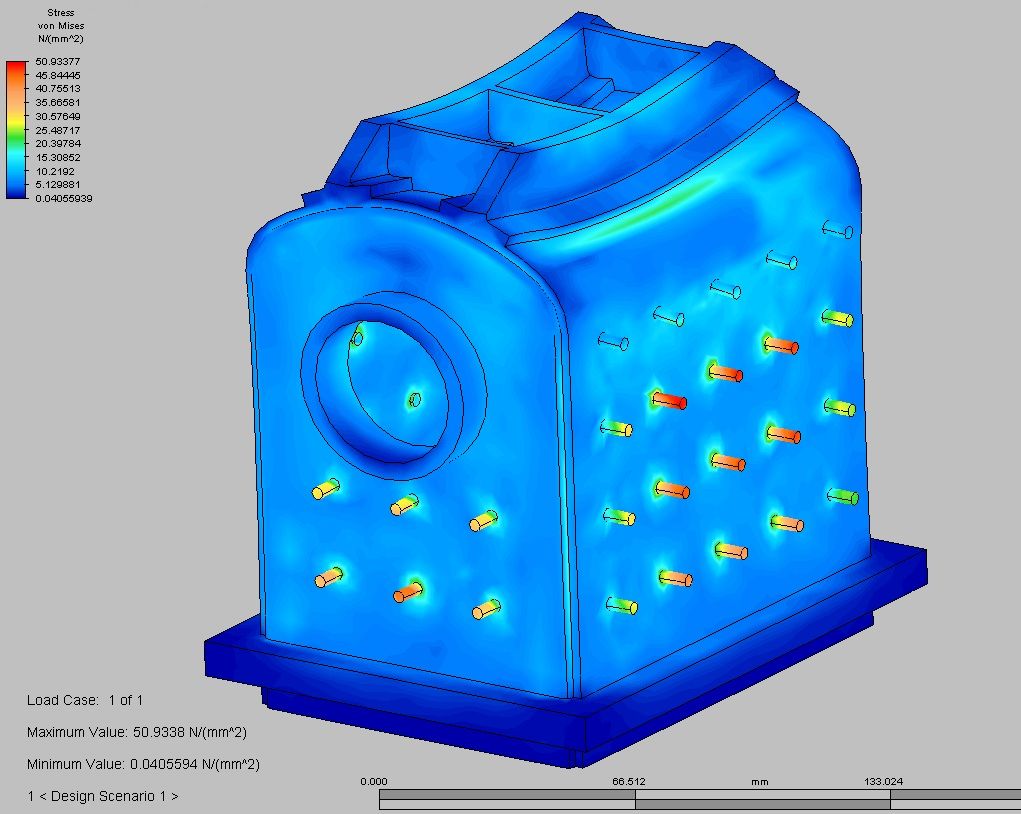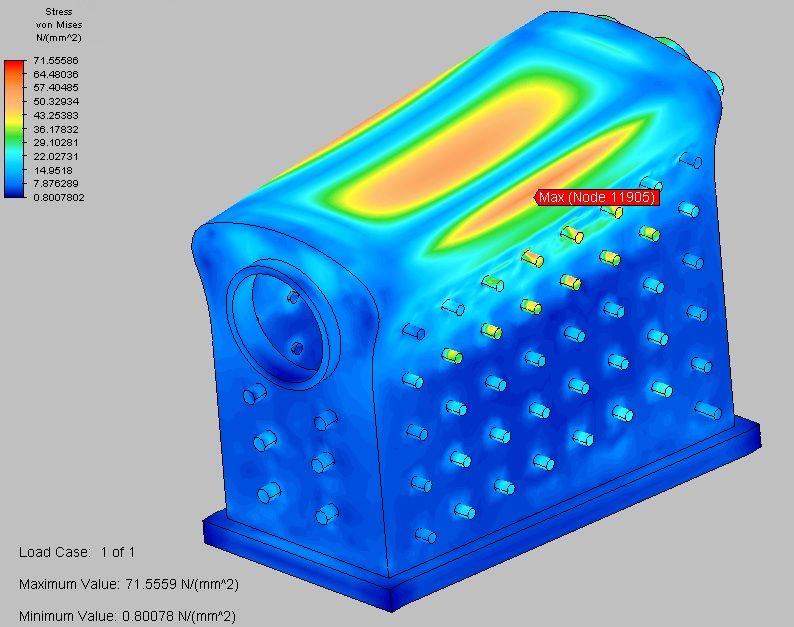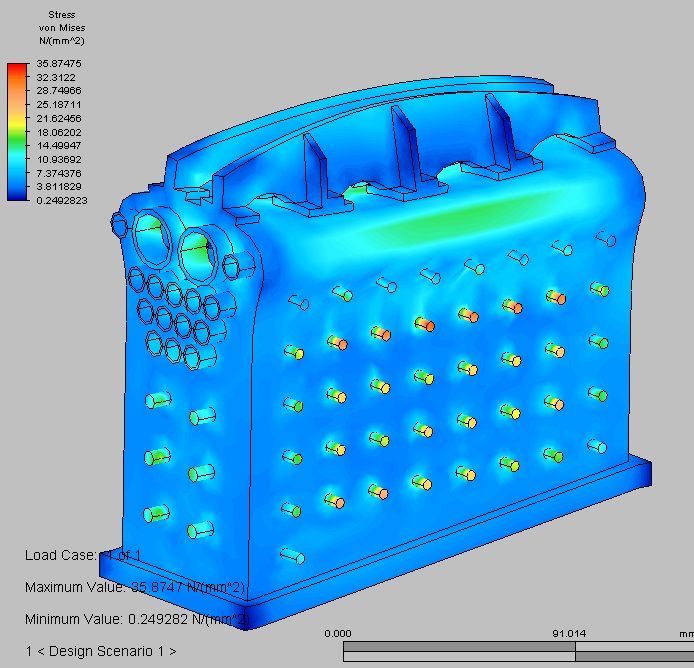Geoff :
Martin Evans on his original Simplex design argued that a successful three times working pressure test validated the design . This is simply not true – all it proved was that the boiler did not fail at three times working pressure which though useful information doesn’t actually get us very far in understanding what’s happening to the structure of the boiler under pressure . The three times pressure test effectively showed that the boiler has a safety factor of at least three BUT it does not say actually what it is – it may be 27 or it may be 3.001. Most model boiler codes require a safety factor of about 8 and to properly validate a boiler design one needs to know that this safety factor requirement is met in all sections of the boiler . There are only two ways to actually do this :
(1) By detailed calculation or
(2) By a type test where a representative boiler is tested progressively to eight times working pressure (and then scrapped ). This need not be done actually for each new design but it would be instructive to do it at least once when new design features are introduced .
Personally I would be happy to go with the calculated results and a normal boiler test but unfortunately there are very few people offering new designs with the training and experience needed to do the calculations properly .
I’m a bit sad to say (1) (2) above because many safe boilers have been built on a simple suck it and see basis over the years and there have been very few failures . But with modern day totally over the top boiler code and insurance requirements we actually have to KNOW that these boilers are safe .
Nigel :
I keep referring to Pricess of Wales because I looked at this boiler in great detail many years ago . Martin Evans dropped the cutouts in the stays in some later designs I believe because via a third party he heard of my concerns . Unfortunately he chose to simply remove the cutouts rather than have a reconsideration as to
where to put them .
The Princess of Wales firebox is narrow and has an arched top and these features save the design – it would actually pass a normal two times pressure test with no crown stays fitted at all !
I shall put my Email address in your pm and I shall shortly put the cross section view of PW firebox in my photo album – please ask if anything else needed .
All :
If I ever build another boiler it will have rod stays firebox crown to outer shell . There are so many if’s , but’s and maybe’s with these girder stays and so few advantages that I personally don’t think they should be used any more on new designs .
MW
robert mort.







